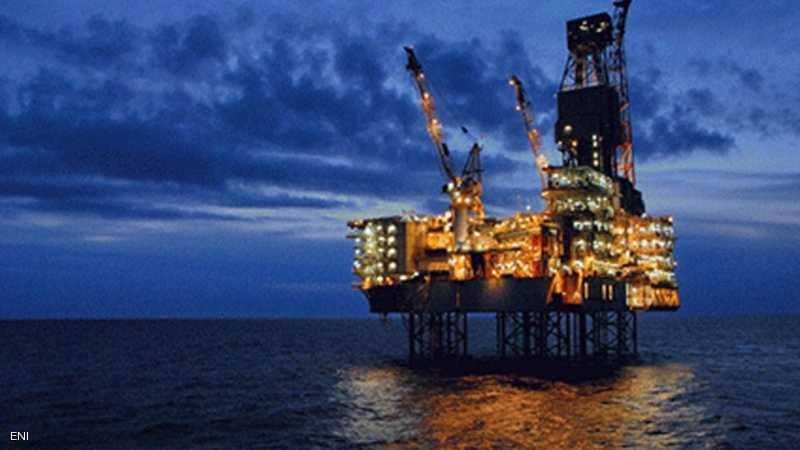
Fuel prices have recently risen by more than 40 percent for high octane gasoline 92, which may force many to use low octane gasoline or even give up driving their cars.
However, there are ways you can reduce fuel consumption and lessen the impact of the recent inflation:
1- Close the windows when on highways:
When the car windows are open, the air resistance of the vehicle is strong. So when you exceed the speed of 80 kilometers per hour, close the windows; this improves vehicle dynamics and resistance to air and reduces fuel consumption by 4 to 5 percent.
2- Replace the air filter:
Most car manufacturers recommend replacing the air filter every 20,000 kilometers. Doing so helps improve combustion efficiency by allowing clean air to enter the engine.
Dirty air filters introduce impurities and dust into the engine, which leads to higher fuel consumption. Changing old filters improves fuel consumption by about 3 percent.
3- Reduce weight in the car:
Get rid of all unnecessary items in the trunk and glove compartment; every 40 kg added to the car’s weight results in 1 percent extra fuel consumption.
4- Avoid extended periods in first & second gears:
It seems impossible, but try to avoid being at a standstill for too long. The amount of fuel consumed by manual transmission cars in first & second gear speeds is approximately 20 percent higher than when in the third and fourth speeds, and 35 percent higher than when in fifth gear.
5- Close the air conditioning:
If your speed is less than 80 kilometers per hour, turn off the car’s air conditioning, or at least set it on ‘low’.
6- Maintain tire pressure:
Check the car guide and adjust your tires to the optimum pressure. Uncontrolled tire pressure can cause 5 percent extra fuel consumption.
7- Check the spark plugs:
Change the spark plugs when needed; maintaining the safety of the car’s spark improves combustion efficiency and reduces fuel consumption by 1 percent.
8- Reduce braking:
Try to reduce how often you hit the brakes and maintain a constant acceleration rate, avoiding strong pressure on the accelerator.
Moving from a standstill to acceleration mode consumes a large amount of fuel. The sudden change in movement makes the car burn more fuel.
9- Close the fuel tank cover:
Gasoline is a volatile liquid and evaporates easily; make sure the fuel tank cap/door is tightly closed.
10- Use cruise control on highways:
If you drive an automatic transmission car, use the cruise control (aka speed control) option when on highways. This gives speed stability, which means the car’s acceleration won’t lead to consumption of extra fuel.
11- Stop warming up your car:
In modern vehicles that rely on the fuel injection system, the car’s engine does not need to be warmed up — something usually done in colder months. Warming the engine wastes a good amount of fuel depending on how long you leave it for. You only need to wait 30 seconds after starting the engine before you begin driving– just enough time to fasten your seat-belt.
12- Use your car only when necessary:
Finally, the best way to reduce your fuel consumption is to simply stop driving. If your destination is within walking distance, walk. A little too far for you? Get there on a bicycle. Going to work? Carpool with a co-worker that lives nearby. This will both save you money and improve your health.




